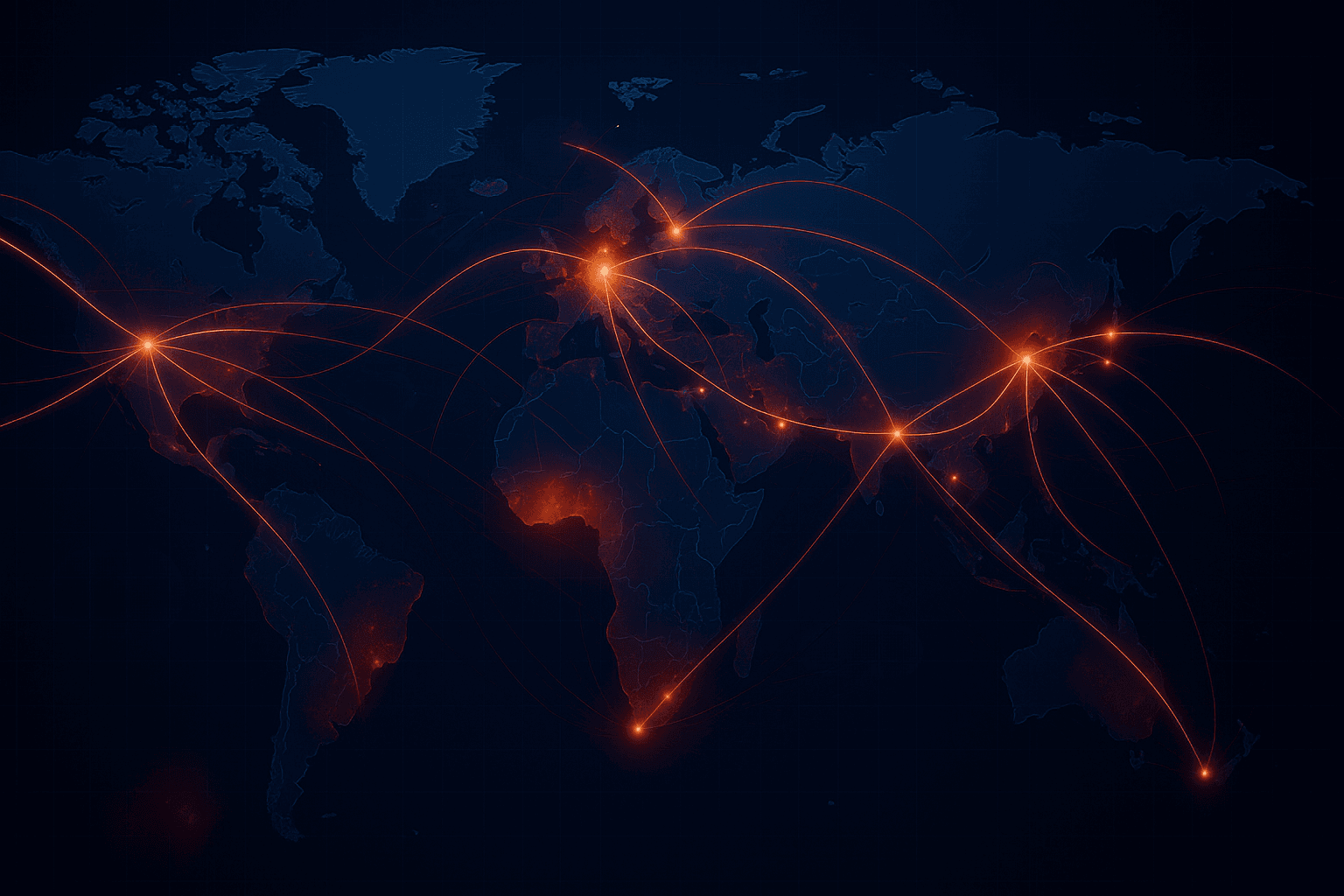
Foundations of resistance and irregular warfare, organized into thematic series.
These concepts draw on classic texts, unclassified U.S. doctrine, and peer-reviewed research. All content is curated and reviewed by The Resistance Hub editorial team to ensure accuracy and neutrality.
Key Thinkers
Resistance and irregular warfare theory begins with the insights of Mao Zedong, T.E. Lawrence, and Che Guevara. This section provides overviews and resources on these foundational thinkers.
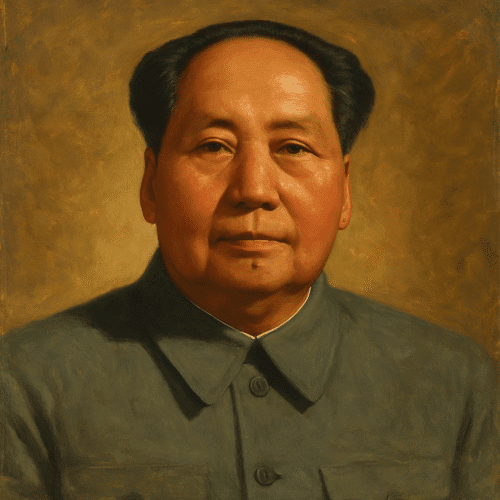
Mao Zedong
Maoist guerrilla warfare centers on protracted people’s war—mobilizing the peasantry through a phased insurgency that moves from guerrilla resistance to conventional force. It fuses political control with armed struggle, making revolution both a strategy and a doctrine.

T.E. Lawrence
An Overview of T.E. Lawrence’s Theory of Guerrilla Warfare
T.E. Lawrence’s guerrilla theory emphasized decentralized warfare, mobility, and the use of terrain and local support to harass and exhaust a superior enemy. His approach framed insurgency as psychological disruption, not territorial conquest.
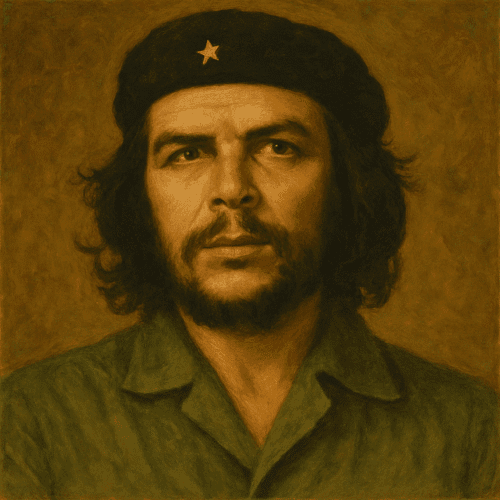
Che Guevara
An Overview of Che Guevara’s Theory of Guerrilla Warfare
Che Guevara’s guerrilla warfare theory centers on the foco—small, fast-moving rural units that ignite popular uprisings through armed example. He viewed guerrilla action as the catalyst for revolution, even in the absence of preexisting conditions.
Social Dynamics
Social dynamics explain how movements form, mobilize, and sustain themselves. This section covers social movement theory, mobilization, and network theory, offering a foundation for understanding resistance.
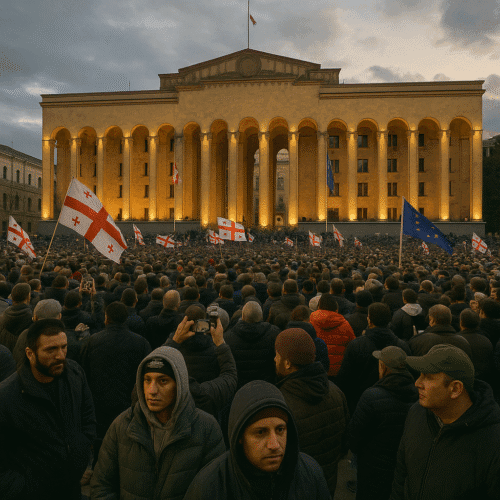
Social Movement Theory
Top 10 concepts to understand social movement theory.
Social movement theory explores how ordinary people mobilize collective action to challenge power, reshape norms, and drive political or cultural change. It connects strategy, identity, and opportunity into the anatomy of organized resistance.
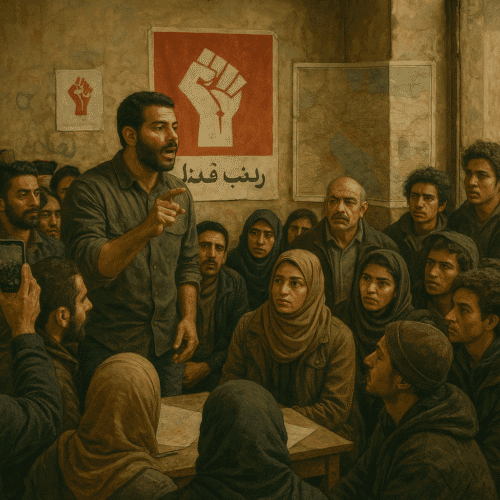
Resistance Mobilization
Factors Affecting Resistance Mobilization
Mobilization theory examines how individuals join collective action based on perceived costs, thresholds, and structural opportunities. It accounts for barriers to participation, the role of social networks, and how repression can both deter and accelerate mobilization in cyclical patterns.

Understanding Human Networks
Human and social network theory analyzes how individuals are connected through relationships that shape information flow, influence, and resource access. It reveals how network structure—such as centrality, density, and bridging ties—affects the resilience, reach, and vulnerability of movements and organizations.
Guerrilla Tactical Triad
Guerrilla warfare relies on three core tactics: raid, ambush, and reconnaissance. This section examines each task, highlighting theory, key thinkers, and historical applications.
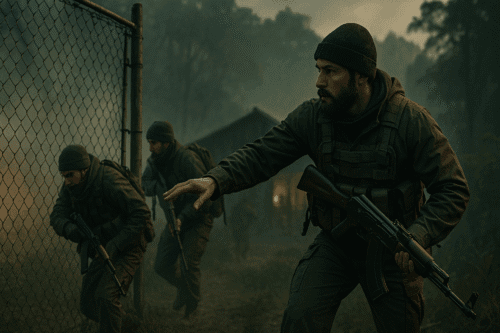
Raid
Core Concepts of The Guerrilla Raid
A raid is a swift, targeted attack designed to inflict damage, gather intelligence, or seize assets, then withdraw before the enemy can respond. It prioritizes surprise, speed, and psychological impact over territorial control.
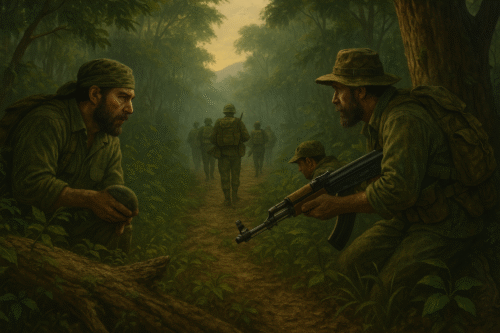
Ambush
Core Concepts of the Guerrilla Ambush
An ambush is the deliberate use of concealment and timing to strike an unsuspecting enemy at a vulnerable point. It relies on preparation, terrain advantage, and shock to neutralize a superior force.

Recon
Core Concepts of Guerrilla Reconnaissance
Reconnaissance is the systematic collection of information on enemy positions, movements, and capabilities. It enables decision-making by reducing uncertainty and shaping the battlefield in advance.
Resistance Tactical Triad
The underground and auxiliary wings of a movement focus on indirect methods: sabotage, subversion, and espionage. This section explores how these tools are applied in occupied or hostile environments.

Sabotage
A History of Sabotage in Warfare
Understanding Sabotage: A Primer
Sabotage is the deliberate destruction or degradation of enemy capabilities, targeting infrastructure, equipment, or processes to disrupt operations without direct confrontation. It exploits asymmetry to deny, delay, or disable.
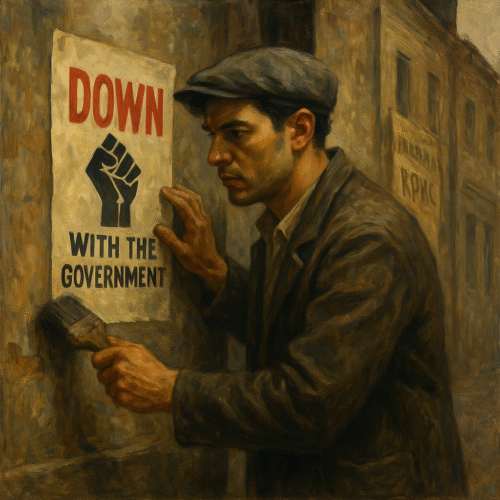
Subversion
The Art and Theory of Subversion: A Primer
Subversion undermines the legitimacy or cohesion of a state or institution from within. It targets beliefs, loyalties, and systems of control to erode authority and shift allegiance.

Espionage
The Use of Espionage by Resistance Movements
Espionage is the covert collection of sensitive information, often from within hostile or denied environments. It enables strategic advantage through access, deception, and long-term penetration.
Related Disciplines
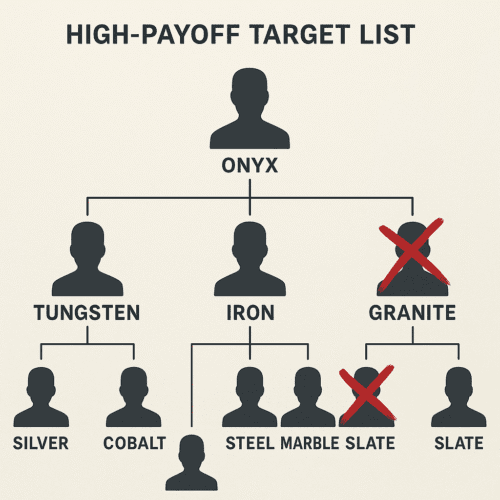
Counterinsurgency
Key Thinkers in Counterinsurgency
Counterinsurgency (COIN) is the integrated application of political, military, economic, and informational tools to defeat insurgent movements and win population support. It emphasizes legitimacy, control of territory, and disruption of rebel networks over purely kinetic solutions.

Influence
The Godfather of Influence: Edward Bernays
Influence is the ability to shape perceptions, behaviors, or decisions through persuasion, credibility, or control of information. In conflict and competition, it is a strategic asset used to gain an advantage without direct force.

International Law
Legal Considerations In Irregular Warfare
International law defines the boundaries of legitimacy in resistance and irregular warfare, balancing the rights of peoples to self-determination with state sovereignty and humanitarian protections. It governs the conduct of hostilities, treatment of civilians, and accountability for abuses, framing both resistance and repression within a legal and moral framework.
If you think we left out any key ideas about resistance, tell us in the comments, and we’ll add them to the list.
Leave a Reply